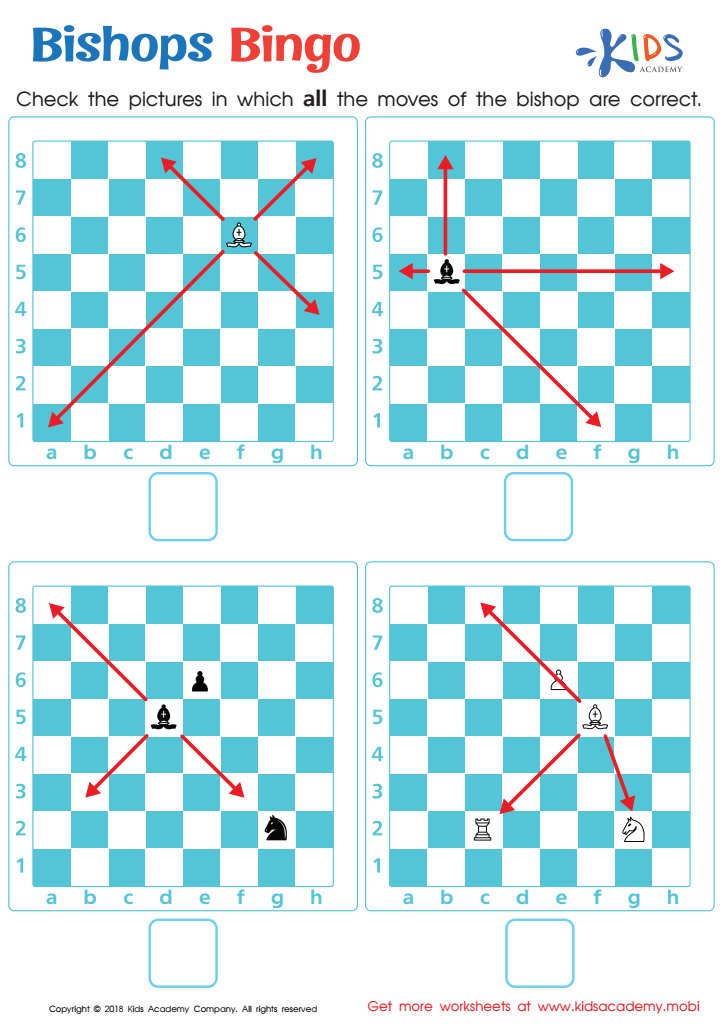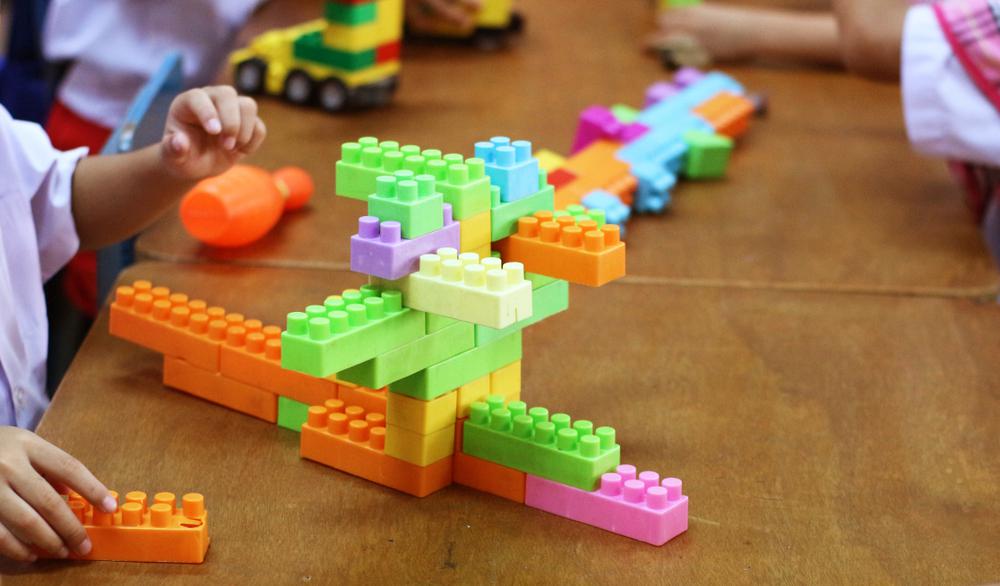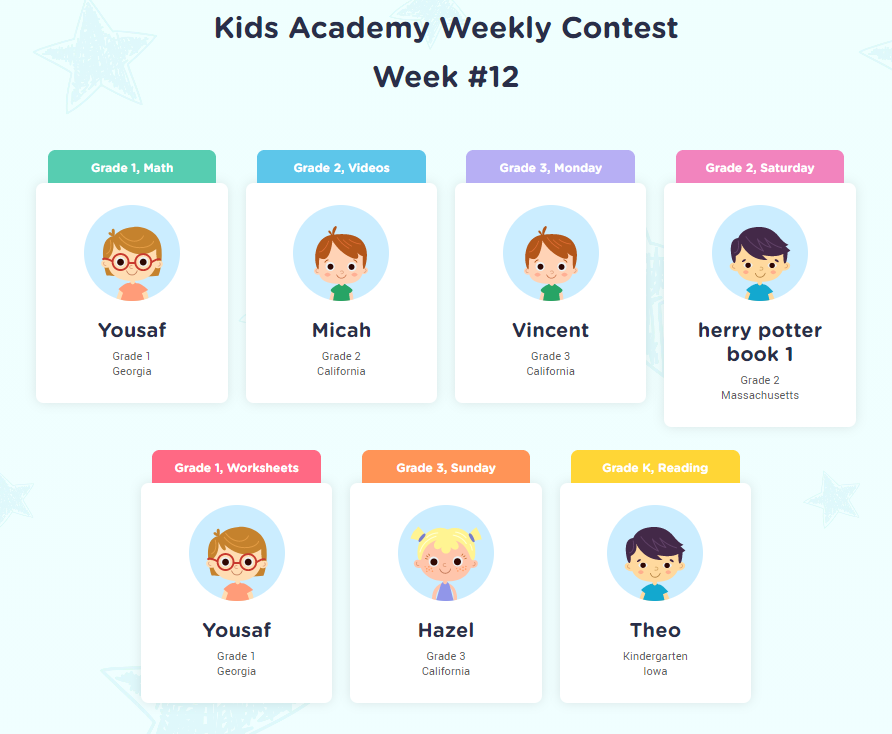Encourages pattern identification Worksheets for Kids
1 filtered results
-
From - To


Bishops Bingo Worksheet
Question/Answer
How to train the Encourages pattern identification skill in Grade 1 students learning about Chess?
To train Grade 1 students in identifying patterns in Chess, start with simple exercises focused on recognizing and creating basic chess formations such as three-in-a-row. Use visual aids like diagrams and actual chess pieces. Gradually introduce more complex patterns like forks, pins, and discovered attacks. Encourage repetition and reward their success to reinforce learning and maintain interest.
How does the mastery of the Encourages pattern identification skill affect a student's performance at an early age?
Mastery of the Encourages pattern identification skill at an early age significantly boosts a student's cognitive development, enhancing their ability to recognize, analyze, and predict patterns. This skill underpins critical thinking, problem-solving, and mathematical concepts, leading to improved academic performance across various subjects. It fosters a foundational understanding that is crucial for future learning and intellectual growth.
What are some effective activities to train students’ Encourages pattern identification skill when teaching them about Chess?
To train students in pattern identification in chess, focus on activities like solving chess puzzles that emphasize common tactical motifs (e. g. , forks, pins, skewers), playing through and analyzing master games to observe strategic patterns, setting up and solving checkmate problems, and conducting drills on recognizing opening principles and endgame patterns.

.jpg)










